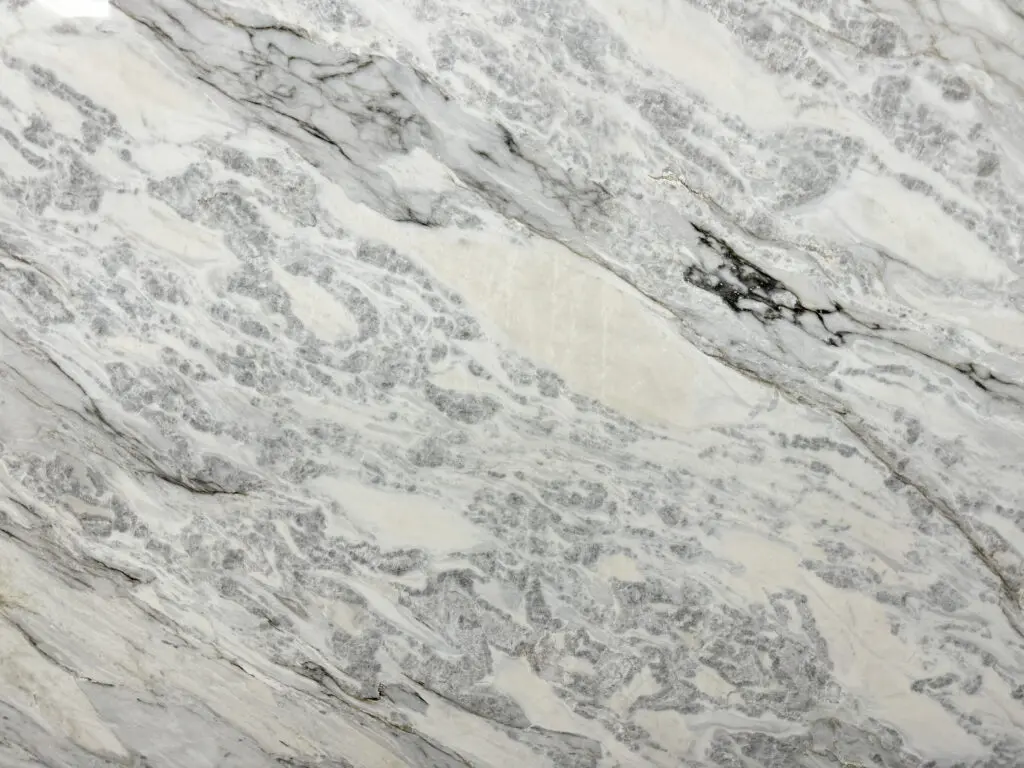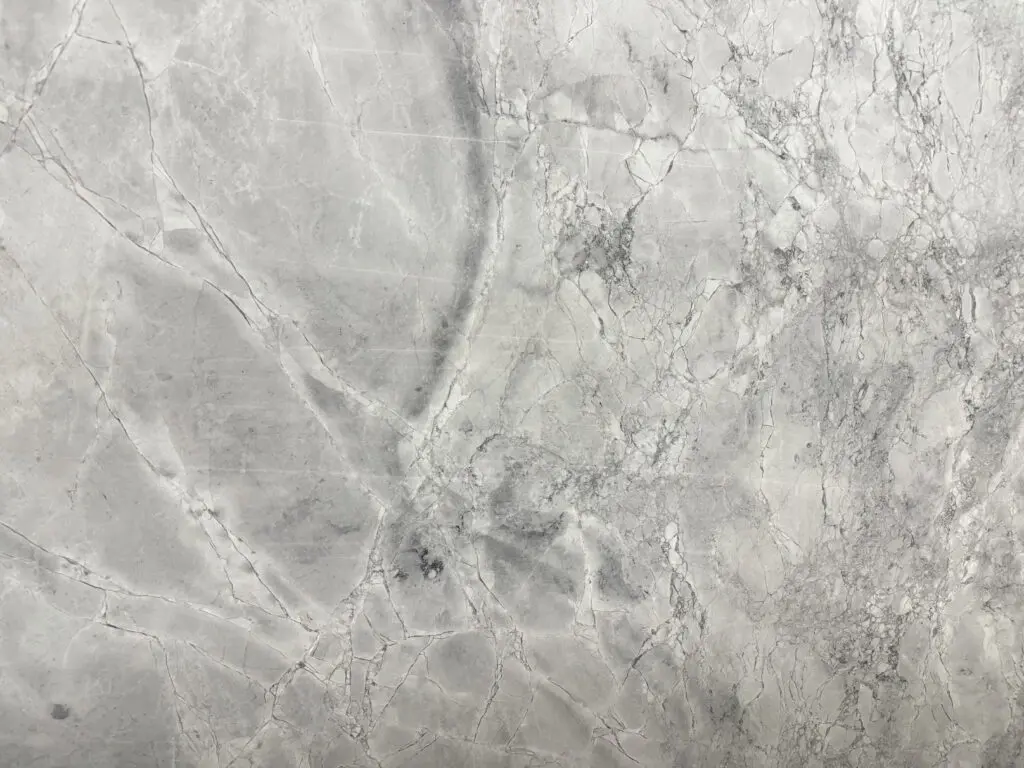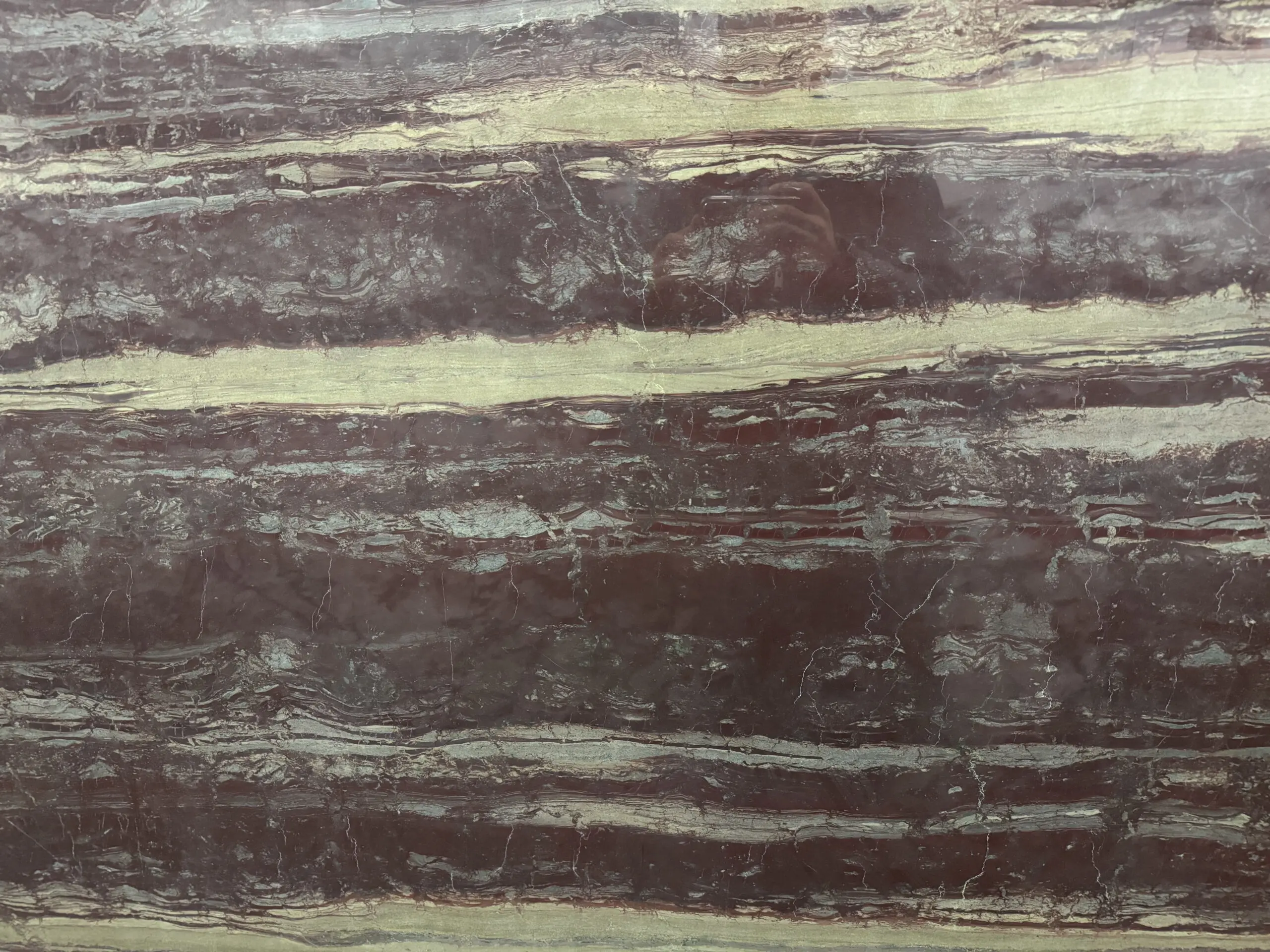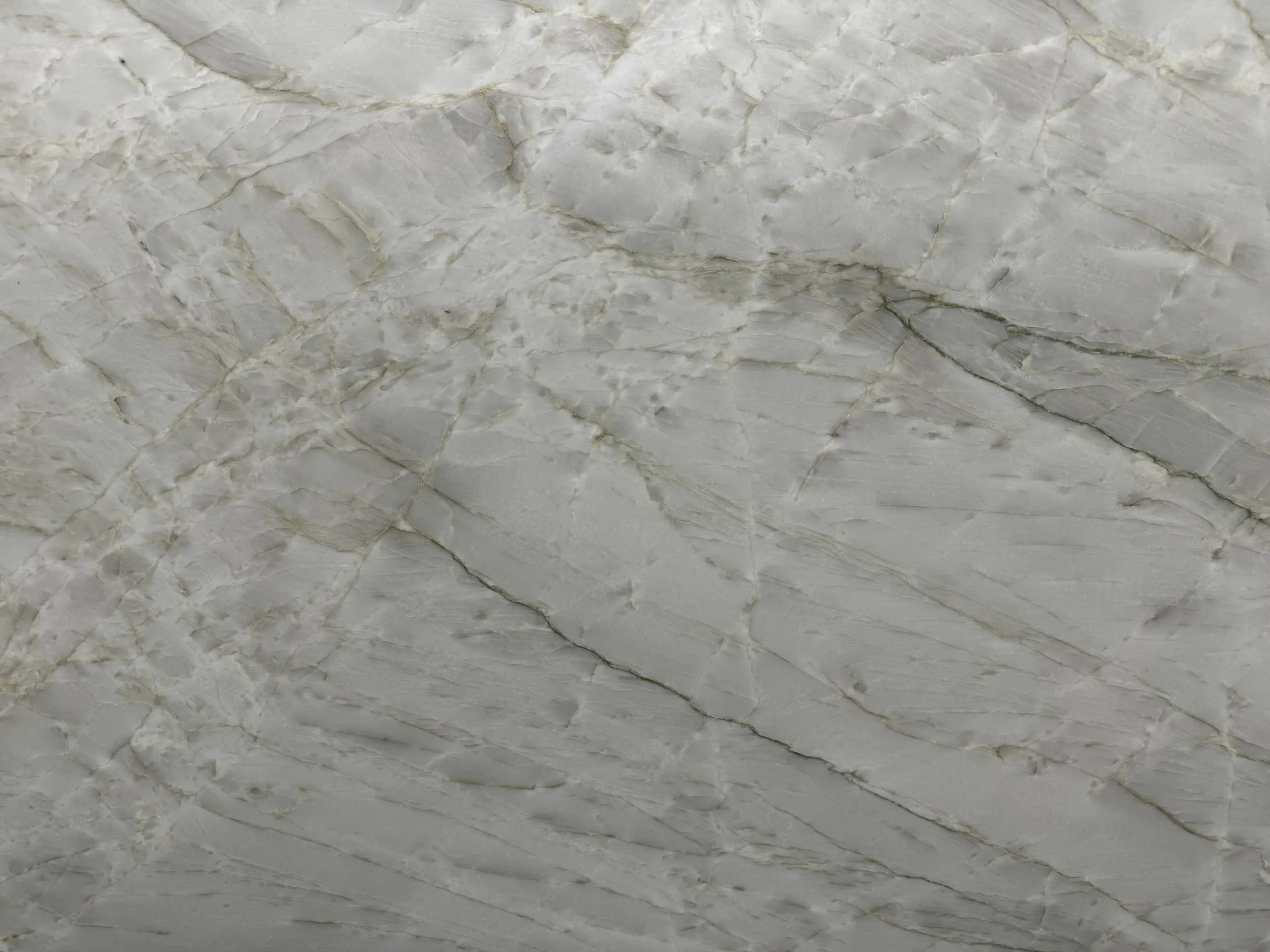The aesthetic appeal and durability of natural stones make them essential in kitchen and bathroom decor. Stones like granite and quartzite are commonly chosen for these spaces, yet quartzite’s higher cost often raises questions. Here, we explore the factors that make quartzite more expensive than granite:
1. Formation and Unique Structure
Quartzite forms through complex natural processes that take millions of years. This stone is created when sandstone undergoes intense heat and pressure, causing it to crystallize and become dense and durable. In contrast, granite forms from cooling magma, composed of minerals like quartz, feldspar, and mica. Granite’s formation is quicker, resulting in a comparatively softer structure.
Quartzite’s hardness and natural crystallized structure make extraction and processing more challenging, thus raising costs. The crystalized texture also imparts a natural shine and resilience, making quartzite visually appealing and highly durable.
2. Extraction and Processing – A High-Cost Procedure
Quartzite’s density and hardness make extraction and processing more costly than granite. Quartzite must be extracted using diamond blades and powerful cutting machines, a process requiring more time, effort, and energy. The equipment needed also wears out more quickly, adding to the cost.
On the other hand, granite is easier and more economical to extract due to its wider availability and softer nature. These added extraction costs make quartzite a more expensive choice for consumers. Quartzite also requires meticulous polishing to prevent unwanted cracks, further increasing its price.
3. Superior Durability – High Rating on the Mohs Hardness Scale
Quartzite scores about 7 on the Mohs hardness scale, while granite is rated between 6 and 6.5. This greater hardness makes quartzite exceptionally resistant to scratches, impacts, and daily wear, which is especially advantageous in high-traffic areas like kitchen countertops.
While granite is also durable, it may show signs of wear or minor scratches over time. Quartzite’s harder structure allows it to maintain its pristine appearance longer, making it a valuable investment for its longevity and durability.

4. Aesthetic Appeal and Marble-Like Look
Quartzite’s natural veining and range of colors, including white, gray, pink, and green, give it a sophisticated, marble-like aesthetic. Granite, on the other hand, often features a speckled appearance created by mineral composition. This unique veining makes quartzite particularly appealing in luxurious projects, adding value to its higher price.
For high-end decor projects, quartzite is often preferred for its elegant appearance, bringing a refined ambiance to any space. Granite, in contrast, offers a more warm and inviting look, suitable for everyday settings.
5. Rarity and Limited Supply
Quartzite is not as widely available as granite worldwide. Limited quartzite reserves and the difficulty in extracting it increase its price. Granite, with a more extensive supply network, is more widely accessible. However, quartzite is found only in specific locations, making it more costly in regions where it’s in high demand.
Quartzite extraction requires specialized equipment and skilled labor, and this limited supply, combined with high demand, keeps prices steadily rising.
6. Longevity and Low Maintenance Requirements
Quartzite requires less maintenance compared to surfaces like granite. Its hardness and structure make it highly resistant to stains, scratches, and heat. This characteristic makes quartzite ideal for areas with demanding conditions, such as kitchens, offering users lower maintenance costs over time.
Granite may require more frequent cleaning and periodic resealing. Quartzite, being less porous, is easier to maintain. Although its initial cost may seem high, quartzite’s low long-term maintenance cost offers users a more economical solution.
7. Versatile Applications and High Performance
Quartzite is particularly favored in areas requiring high performance, such as kitchen countertops, bathroom surfaces, and flooring, due to its heat and abrasion resistance. It also shines in decorative projects for its natural beauty. While granite is also versatile, it doesn’t quite match quartzite’s durability in high-performance areas.
Quartzite’s resilience to high heat and humidity makes it ideal for long-term investments. Granite is also heat-resistant but may not perform as well under extremely high temperatures.
8. Customer Perception and Brand Value
Quartzite, being a more expensive option, often carries an aura of luxury and prestige. Many architects and interior designers select it for high-end projects, enhancing its brand value. Quartzite is perceived as a luxury material, which directly affects its price. Granite, being more affordable and widely used, is more commonly chosen for mid-range projects.
Quartzite’s premium image and luxurious appeal increase its popularity among consumers, allowing it to retain high prices. In top-tier projects, quartzite’s quality and value align with its price.
9. Limited Production and Increasing Demand
Since quartzite can only be extracted in limited areas, its price fluctuates according to supply and demand. Quartzite’s rarity and its growing demand in luxury decor projects combine to elevate prices further. Globally, quartzite use in prestigious interior design projects is steadily increasing, keeping quartzite prices high.
Granite, with a broader supply network, is less affected by price fluctuations. Quartzite’s rarity, however, directly impacts its pricing. Particularly in modern, high-end designs, increasing demand for quartzite keeps prices consistently high.

10. Lasting Visual Appeal
Quartzite maintains its color, shine, and surface structure for many years. Thanks to its natural crystalline structure, it does not fade or suffer surface damage from sunlight or water exposure. Granite surfaces may lose some of their brightness over time and require periodic care. Quartzite’s ability to retain its aesthetic properties makes it a preferred choice and contributes to its cost. For long-term projects, the lasting visual appeal of quartzite’s color and brightness adds to its value.
11. Resistance to Climate and Weather Conditions
Quartzite’s durability against extreme weather conditions makes it suitable for outdoor projects. Its resilience to cold, heat, and humidity makes it ideal for areas such as gardens, outdoor kitchens, or flooring. While granite is also suitable for outdoor use, quartzite is known to withstand harsher conditions. This resilience makes it a valuable option for outdoor projects, adding to its price.
12. Labor Costs and Required Expertise
Quartzite’s hardness requires specialized craftsmanship and high-quality equipment for cutting, shaping, and polishing, making it more labor-intensive and costly. Processing quartzite requires skilled professionals and advanced equipment, creating a more expensive production process.
Granite, needing less specialized handling than quartzite, is typically less costly. The special cutting and polishing tools required for quartzite also contribute to higher labor costs.


